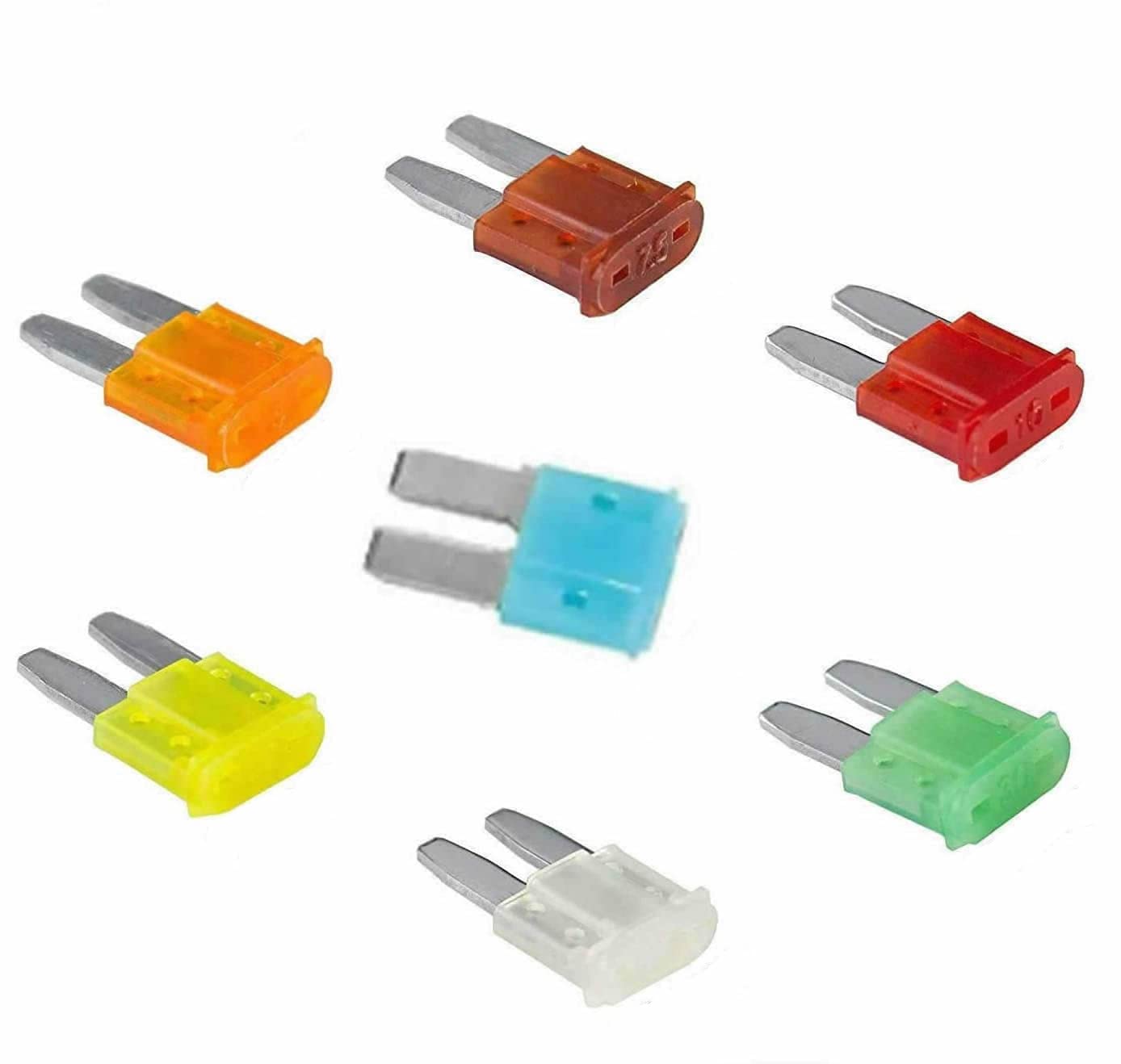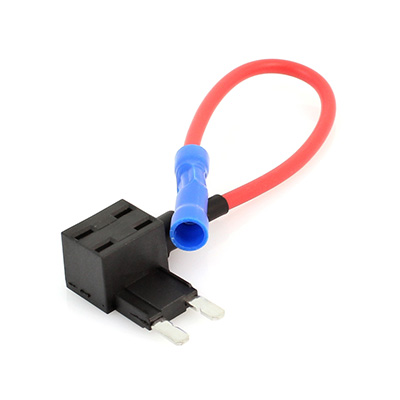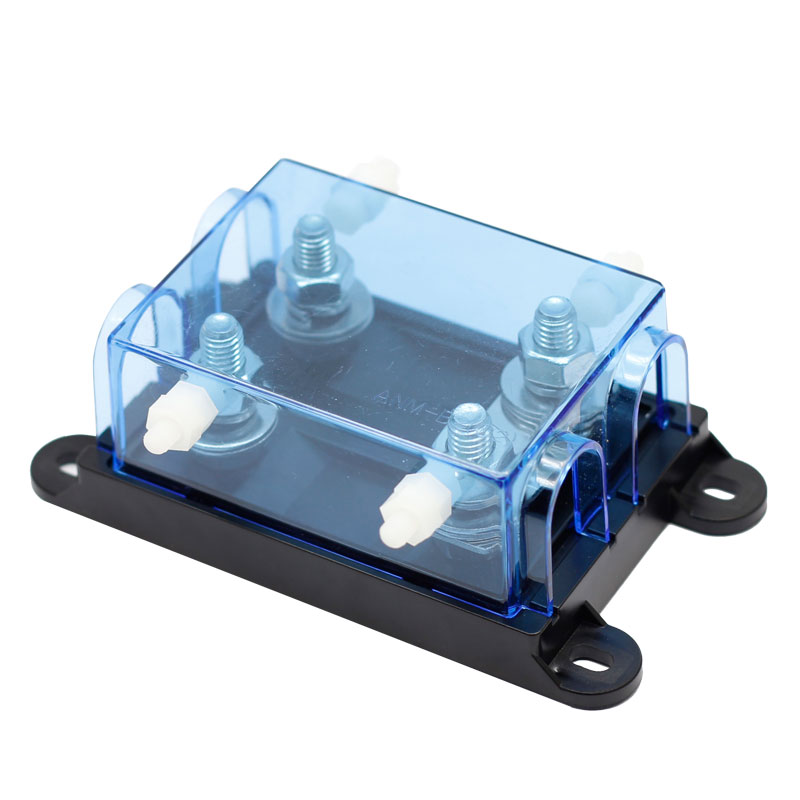Advanced Strategies for Diagnosing and Testing Blown Fuses in Automotive Systems
News 2025-10-13
Car fuses serve as vital safeguards in vehicle electrical systems, preventing damage from overloads and short circuits. Identifying a blown fuse promptly is crucial for ensuring safe operation and avoiding costly repairs. This guide covers essential tools and techniques for detection, emphasizing their role in various settings like professional auto shops, roadside fixes, and home diagnostics. These methods enhance reliability by offering precise results, which is especially beneficial in modern cars with complex electronics, allowing users to address issues efficiently and maintain performance.

Essential Fuse Testing Tools
Several tools are designed for car fuse testing, each suited to different needs. A digital multimeter provides versatility through continuity testing, while specialized fuse testers feature visual or audible indicators for quick assessments. Clamp-style testers add convenience for hard-to-reach fuses. In practice, these are ideal for routine checks in automotive workshops or during troubleshooting sessions, where their ability to handle multiple fuse types boosts accuracy and saves time compared to basic methods.
Step-by-Step Detection Techniques
Begin fuse detection by accessing the fuse box, typically located under the hood or dashboard. Safely remove the fuse using a puller tool, then test with a multimeter in continuity mode by touching the probes to the fuse ends; lack of continuity signals a blown fuse. For faster results, use a dedicated tester that lights up for good fuses. This approach excels in real-world scenarios, such as diagnosing electrical failures during drives, by delivering reliable outcomes that minimize errors and support effective repairs.
Key Advantages of Modern Tools
Contemporary fuse testing tools stand out with features like automatic detection and user-friendly interfaces, improving safety by reducing direct contact with live circuits. They offer high precision in identifying faults, even in low-visibility conditions, and are compact for easy portability. Applied in preventive maintenance or emergency situations, these tools enhance durability and efficiency, ensuring vehicles run smoothly and helping users avoid recurring problems through targeted interventions.
Common Questions and Answers
1. What are the signs of a blown fuse in a car?
A blown fuse often causes specific circuits to fail, like lights or radio not working, indicating an electrical issue that needs immediate checking.
2. Why should I use tools instead of visual checks?
Tools provide accurate results by testing continuity, whereas visual inspections can miss subtle damage, leading to misdiagnosis.
3. How do different fuse types affect testing?
Various fuses have unique ratings and designs, so using compatible tools ensures proper testing and avoids compatibility errors during diagnosis.


